Introduction: The Vision of Mars Colonization
For centuries, the idea of human colonization of Mars has been the stuff of science fiction. However, in recent years, this vision has been steadily moving closer to reality, thanks to the ambitious goals of SpaceX, an aerospace manufacturer and space transportation company led by visionary entrepreneur Elon Musk. At the heart of this bold venture is the Starship program, a next-generation spacecraft designed to transport humans to Mars, the Moon, and beyond. Musk’s dream of making humanity a “multi-planetary species” relies heavily on the success of the Starship program, which promises to revolutionize space travel and enable sustainable colonization on Mars.
While the technological advancements SpaceX has made with Starship are groundbreaking, the journey to Mars is fraught with challenges. From developing reliable and cost-effective propulsion systems to ensuring the safety and sustainability of long-term human habitation on the Red Planet, the risks involved are immense. This article delves into the technological breakthroughs behind the Starship program, the risks associated with it, and whether the dream of Mars colonization is truly achievable.
SpaceX Starship: A Technological Marvel
SpaceX’s Starship is a fully reusable spacecraft designed to carry both crew and cargo to a variety of destinations, including the Moon, Mars, and beyond. The development of Starship represents a major leap forward in space technology and is intended to be the workhorse of SpaceX’s Mars colonization plans. Some of the key features of Starship include:
1. Fully Reusable Design
One of the most revolutionary aspects of the Starship program is its fully reusable design. Traditional space exploration systems, like NASA’s Space Shuttle or SpaceX’s Falcon 9, have reusable components (such as the first stage of the Falcon 9), but Starship aims to achieve a completely reusable spacecraft. This would drastically reduce the cost of space travel by allowing the same spacecraft to be flown multiple times, in contrast to the current expendable designs that require new hardware for each mission.
The reusability of Starship is central to making Mars colonization economically feasible. The spacecraft’s design includes a reusable booster (the Super Heavy booster) and the Starship spacecraft itself, which can be refueled in orbit for long-duration trips. This innovation could significantly lower the cost of sending materials, equipment, and even humans to Mars, making it much more affordable for future colonization efforts.
2. Raptor Engines: The Power Behind Starship
The Raptor engine is a cutting-edge rocket engine designed by SpaceX to power the Starship and its booster, Super Heavy. Raptor engines are powered by methane and liquid oxygen, which makes them more efficient and easier to refuel than traditional chemical rockets that use liquid hydrogen or kerosene. The ability to refuel in orbit is crucial for long journeys to Mars, as it eliminates the need to carry all the fuel for the return journey.
The Raptor engine is also designed to be highly efficient and capable of producing massive amounts of thrust, enabling Starship to launch heavy payloads into orbit and beyond. This engine has undergone rigorous testing, and SpaceX has made significant progress in refining its design. However, further testing and scaling up are still necessary to ensure it can withstand the stresses of interplanetary travel.
3. Starship’s Heat Shield: Surviving Mars Atmosphere and Reentry
A critical aspect of the Starship’s design is its heat shield, which is necessary for re-entry into Earth’s atmosphere and protection during entry into Mars’s atmosphere. Mars has a thin atmosphere, which means that spacecraft reentering it will encounter much higher heat and friction than Earth-bound spacecraft. SpaceX has developed a heat shield made of ceramic tiles to withstand these extreme temperatures and ensure that Starship can be reused multiple times.
The heat shield’s ability to protect Starship during high-speed reentry is vital not only for Earth-to-Mars missions but also for return flights to Earth. The heat shield must be durable enough to endure multiple reentries and reuses, which will be critical for the success of Mars missions and subsequent colonization efforts.
The Risks and Challenges of Mars Colonization
While SpaceX’s Starship has the potential to revolutionize space travel, Mars colonization presents several monumental challenges that SpaceX and humanity as a whole must overcome. These challenges span across technical, logistical, and biological domains, and the risks involved could make or break the dream of a Martian settlement.
1. Radiation Protection
One of the biggest risks to human health during a journey to Mars is cosmic radiation. Unlike Earth, which is protected by a magnetic field and thick atmosphere, Mars has no such protection, exposing astronauts to high levels of radiation from the Sun and deep space. Prolonged exposure to cosmic radiation can cause cancer, genetic damage, and acute radiation sickness, which makes radiation protection a top priority for the Starship program.
SpaceX is working on several potential solutions to this problem, including shielding the spacecraft with specialized materials or using the Martian regolith (soil) to create protective barriers. However, no method has yet been proven to provide adequate protection for long-duration missions, and a reliable solution to this problem must be developed before Mars colonization can become a reality.
2. Life Support Systems
Establishing a sustainable colony on Mars requires robust life support systems that can provide essential resources such as air, water, and food. Unlike the International Space Station (ISS), which can rely on regular resupply missions from Earth, a Martian colony must be largely self-sufficient to survive. This means developing systems that can recycle water, produce oxygen, and grow food in the Martian environment.
SpaceX has discussed using in-situ resource utilization (ISRU) technologies to extract water from the Martian soil and produce oxygen from the atmosphere. However, these technologies are still in the early stages of development, and scaling them up for a colony of hundreds or thousands of people will be a monumental task. Furthermore, ensuring that the colony has reliable and sustainable life support for long-term survival remains a significant challenge.
3. Long-Term Habitation and Sustainability
Living on Mars for extended periods will require humans to adapt to harsh conditions, including extreme temperatures, low gravity, and a lack of natural resources. Mars’s thin atmosphere offers little protection from solar radiation, and the planet’s gravity (only about 38% of Earth’s gravity) could have unknown long-term effects on the human body. Additionally, the Martian day (about 24.6 hours) and its dust storms pose challenges to maintaining a healthy environment.
A critical part of Mars colonization will involve building habitats that are capable of protecting humans from the elements, supporting agriculture, and providing enough space for physical and psychological well-being. SpaceX has been working on prototypes of habitat modules, but these must be tested extensively before they can be deployed on Mars.
4. Logistics of Transporting People and Supplies
While the Starship is designed to transport both people and cargo to Mars, the sheer scale of colonization presents logistical challenges. To establish a permanent colony, SpaceX will need to make numerous trips to Mars, each carrying not only humans but also large amounts of cargo, equipment, food, and other essential supplies. The interplanetary journey takes six to nine months, and the risk of supply shortages, system failures, or crew health issues during this time is significant.
In addition to this, the reliance on Earth for resupply missions will need to be minimized. Developing local resource extraction technologies and ensuring that Mars settlers can live independently will be critical for the long-term success of the colony.
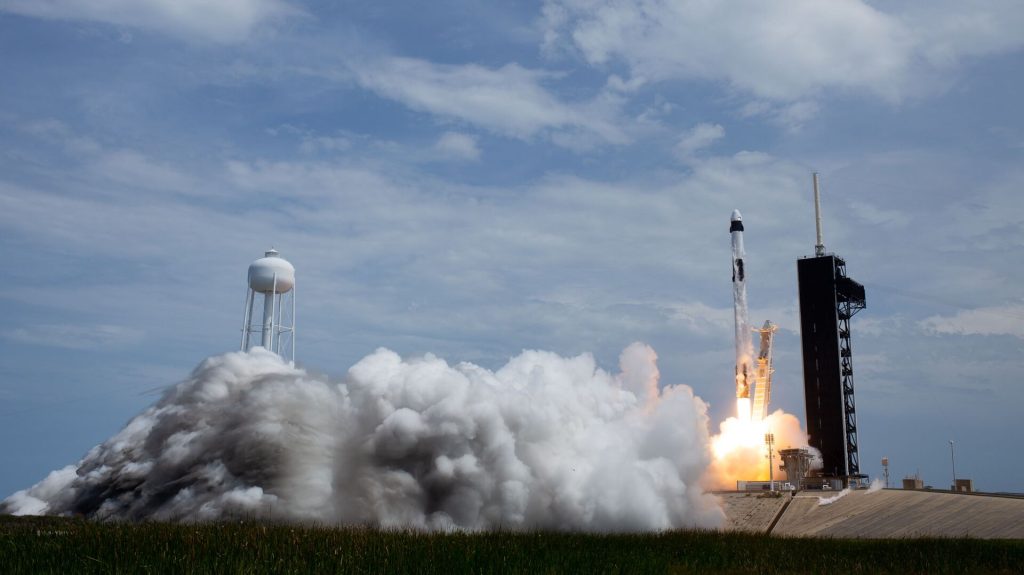
Can Mars Colonization Really Be Achieved?
The dream of Mars colonization is undeniably an exciting and transformative goal. SpaceX’s Starship program has made remarkable progress in developing the necessary technologies to make interplanetary travel possible. With its fully reusable design, powerful Raptor engines, and heat-resistant materials, Starship is well-equipped to make the journey to Mars more efficient and affordable.
However, significant risks and challenges remain. Radiation protection, sustainable life support systems, and the logistics of long-term Martian habitation are all major hurdles that must be overcome. While SpaceX’s ambitious timeline for Mars colonization—set for the mid-2020s to early 2030s—may seem bold, the technical and logistical barriers to achieving a sustainable colony on Mars cannot be underestimated.
The success of the Starship program and the eventual colonization of Mars will depend on continued technological breakthroughs, rigorous testing, and overcoming unforeseen challenges. While a permanent human presence on Mars is still years away, the progress made by SpaceX has undoubtedly brought us closer to making this dream a reality.
Ultimately, Mars colonization may not happen overnight, but the journey has begun—and with SpaceX leading the charge, the dream of becoming a multi-planetary species is more attainable than ever before.



















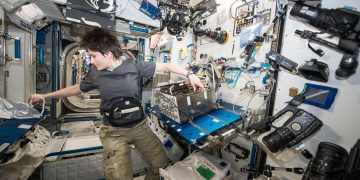
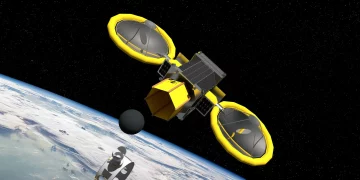













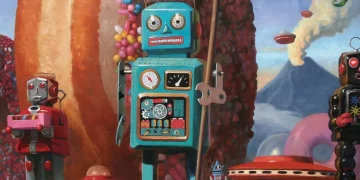


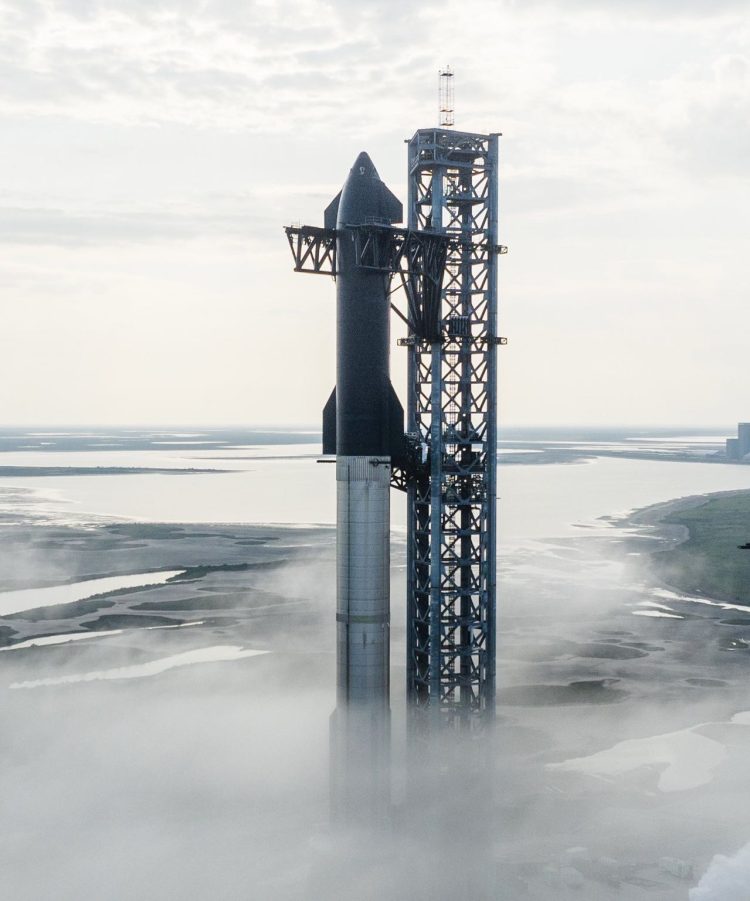












Discussion about this post